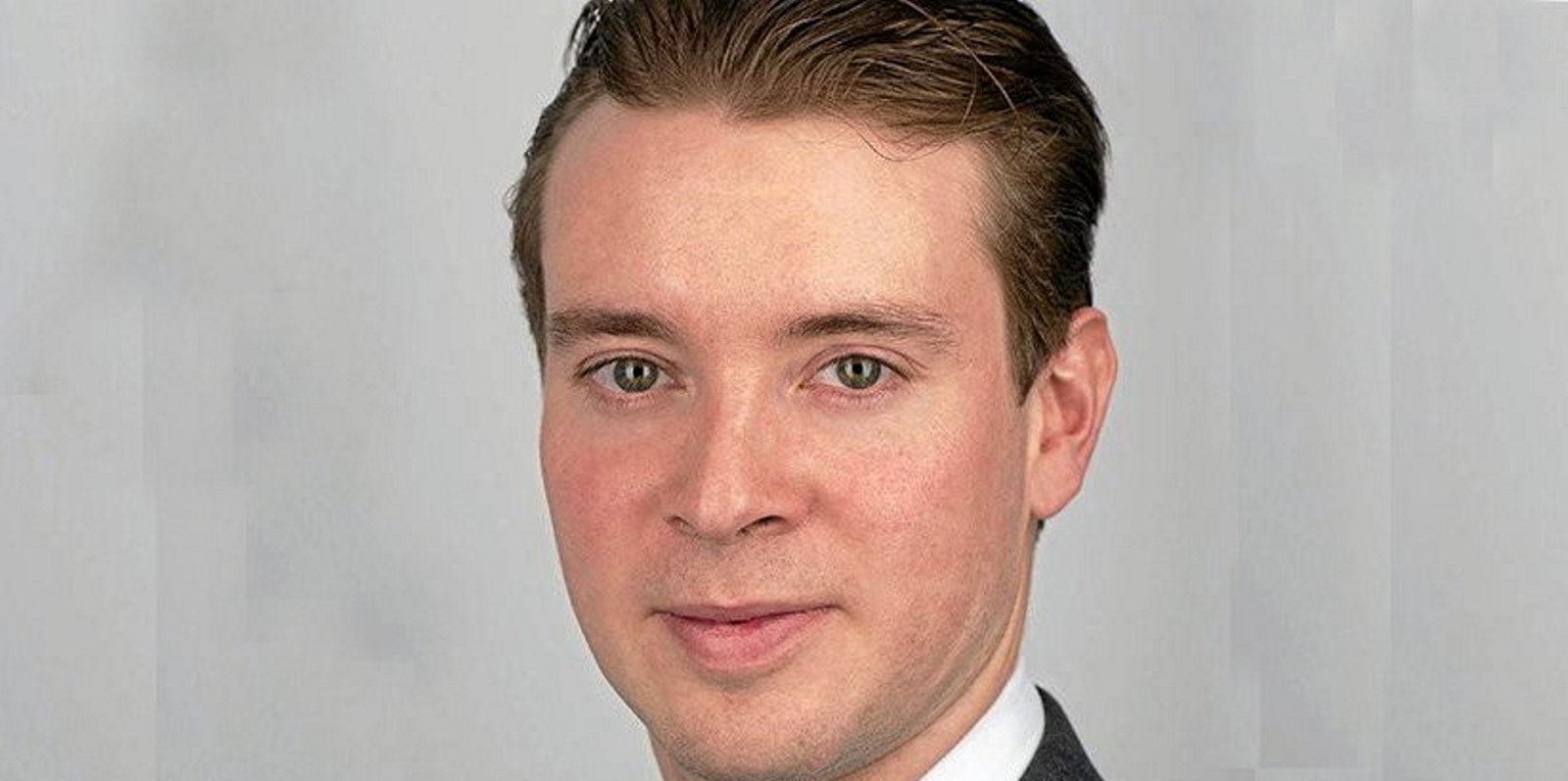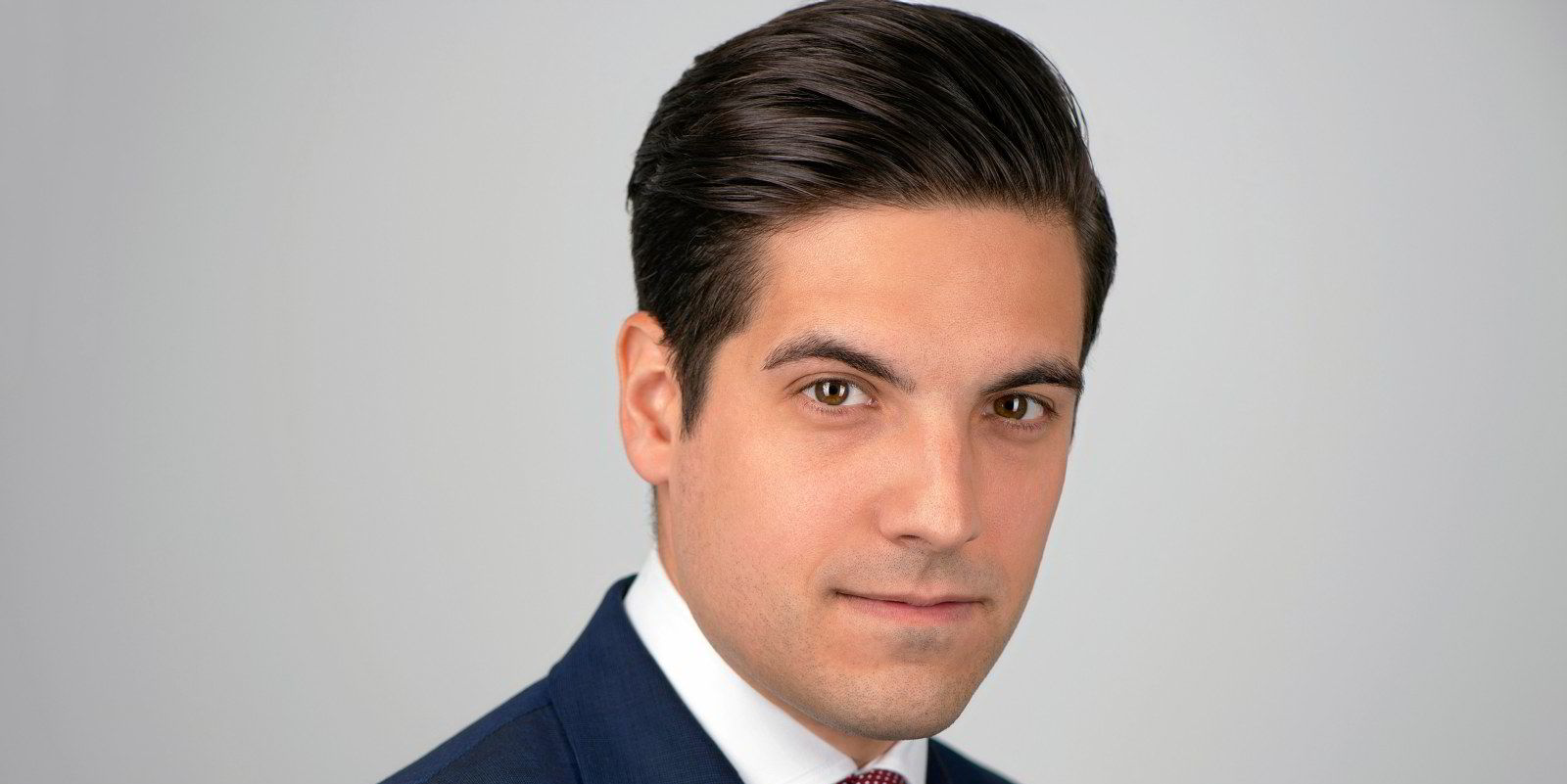Broker Gallagher Specialty is backing the automated placement of so-called “follow” capacity as the way forward for the marine hull and machinery and war risk insurance market.
In its latest review ahead of the 1 January renewals Gallagher said the marine market risks being left behind with around $3.5m of premium annually written algorithmically in London alone.
Marine insurance is structured through a lead expert underwriter which takes the majority of cover. The remaining share taken under the same terms by follow capacity which can involve up to 20 underwriters.
With insured values of a cruise ship running up to $2bn, the risks are too large for an individual underwriter to take on its own books.
The latest systems allocate follow capacity automatically through algorithmic assessment of loss ratio data and the follow insurer’s risk appetite.
“This may seem like a giant leap for the marine insurance market, the oldest and most traditional class of them all. But, in reality, it is simply driving efficiency in syndicated participation, which is the most traditional method of underwriting risk,” said marine executive director Mike Ingham.
“The expertise of the leader is still at the forefront of the process. And when those leaders wish to participate in areas where they are less familiar, they can deploy their capacity automatically,” he said.
There are a number of systems already operating in the market such as Brit’s Ki Syndicate and InsurX.
The benefits of such systems are that they reduce the broker’s workload so they can focus on risk advisory. They also allow more time for underwriters to apply their market expertise in risk assessment.
A more efficient placement of follow capacity should also eventually lead to cheaper insurance for shipowners.

But Ingham cautions against doing “too much too soon,” with the new AI systems.
The marine market has at times been hit by over-capacity. “Simply following the crowd might not guarantee profitability, despite the reduction in the cost of writing the business and the algorithms selecting risks in an intelligent way,” Ingham said.
There is also the possible disruption of relationships between brokers and underwriters in what is traditionally regarded as a “people business.”
Despite the potential pitfalls Ingham said there is no choice but for the market to get onboard. “For owners and brokers, there isn’t a choice to ignore this. That simply means getting left behind. The choice now lies in how it is best used to improve price, service and ultimately claims settlement which is the promise insurers make to our clients,” Ingham said.






